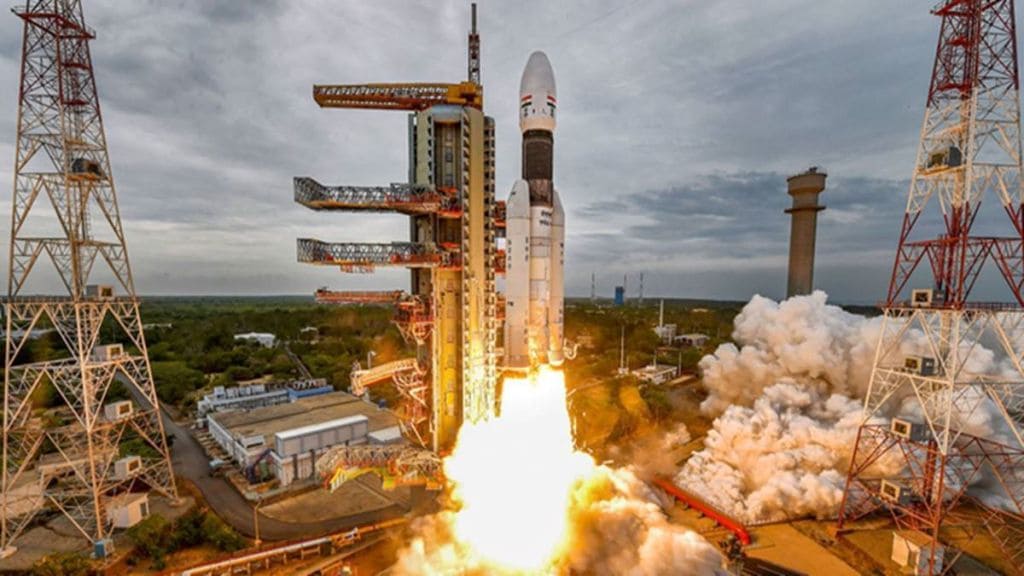By Girish Linganna
In the pursuit of lunar exploration, nations around the world have embarked on audacious moon missions. However, the path to success is not without its hurdles, as evidenced by the failed lander attempts of the Beresheet mission from Israel and the Hakuto mission from Japan. Undeterred by these setbacks, the Indian Space Research Organization (ISRO) is preparing for its own lunar adventure with Chandrayaan-3, a mission that aims at overcoming obstacles and making history.
Beresheet, the Moon mission from Israel, and Hakuto, the mission from Japan, both attempted to send a lander to the Moon, but, unfortunately, encountered technical difficulties that prevented a successful touchdown. These challenges highlight the complexity and precision required to navigate and land on the lunar surface.
Chandrayaan-3 will leave its imprint on the lunar soil by deploying a lander and rover near the Moon’s south pole, a region that harbours a challenging and unique terrain. The lunar South Pole is home to numerous craters, some of which resemble the treacherous conditions found in the Shackleton crater. Although these craters are not specific targets of the mission, they are representative of the demanding and complex environment the lander and rover must come to grips with.
A revelation has emerged from the Shackleton crater, unearthing a remarkable treasure trove—a substantial reservoir of crystallized water, better known as ice. The presence of water ice on the Moon opens up possibilities of sustaining future human presence and space exploration. However, reaching the south pole with the likes of the Shackleton crater and exploring its icy terrain pose a formidable challenge.
To navigate the treacherous and rugged terrain of the lunar south pole, the design of the rover needs to be robust and sturdy. It must be capable of withstanding the extreme conditions and uncertainties present in such an unexplored region. The goal is to ensure that the rover can firmly hold its ground and operate effectively in areas like the Shackleton crater.
Furthermore, the intricate nature of the mission is amplified by the vast distance of approximately 384,000 kilometers between Earth and the Moon. This considerable gap poses a challenge that necessitates state-of-the-art communication software. It enables the rover to decipher intricate command structures, transforming them into intelligent decision-making processes that facilitate its navigation across the lunar surface. This advanced level of autonomy becomes paramount, given the unforgiving and formidable nature of the space environment, leaving no margin for error.
The decision to target the lunar south pole, renowned for its demanding conditions, showcases India’s unwavering ambition and resolute determination. The triumph of this mission would signify a remarkable milestone, solidifying India’s prowess in accomplishing extraordinary endeavors that are both cost-effective and highly efficient. With a budget of approximately Rs 610 crore, the Chandrayaan-3 mission exemplifies exceptional cost-effectiveness, considering the extensive scope of its objectives.
“We are one of the finalists in the Google Lunar X Prize and were a proud member of the Synergy Moon team. Our international conglomerate embarked on an extraordinary mission to construct a cutting-edge lunar rover for the finals of the esteemed Google Lunar X Prize. Alongside Team Indus from India, we dedicated ourselves to revolutionizing our understanding of the Moon through this collaborative effort. Countless hours were spent on extensive research and development, meticulously designing the rover’s wheel structures and frames to ensure flawless mobility across the lunar surface and seamless communication with Earth. Hence, we really understand the pain points ISRO would have had in designing the Pragyan, which is aimed to have limbs as sturdy enough to navigate the treacherous lunar terrain, like a newborn learning to walk on firm legs. The 6-wheeled Pragyan’s soft landing and moving on the surface of the Moon is what’s going to make the world turn towards India,” says Dr Srimathy Kesan, Founder-CEO of SpaceKidz.
This mission is not just about national pride. It is a race in the history of space exploration. There is no waiting for someone else to step in and provide assistance. The ability to accomplish such a monumental task independently adds to the magnitude of this endeavour.
Chandrayaan-3 represents a defining moment in world space history. The mission’s success would signify a remarkable achievement in the quest to unlock the secrets of the Moon and pave the way for future space exploration. With each step taken towards conquering the lunar south pole, India will leave an indelible mark in the pages of history and inspire generations to come.
The author of this article is Bangalore based Defence, Aerospace & Political analyst.
Disclaimer: Views expressed are personal and do not reflect the official position or policy of Financial Express Online. Reproducing this content without permission is prohibited.


